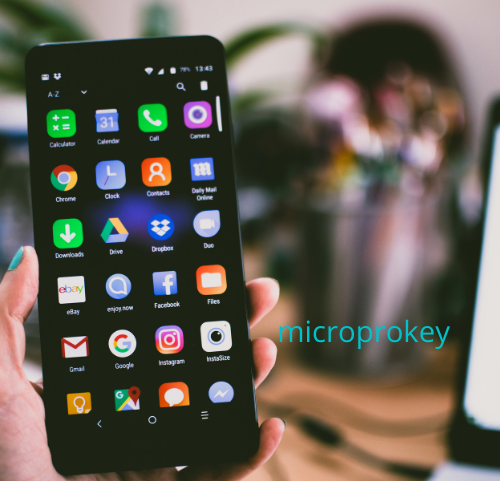I juggle a few different accounts in Windows. I use a Microsoft account to sign in to Windows 10 and 11, through which I also receive email and maintain a calendar. And I use a domain-based work account that taps into its email and my calendar appointments and contacts. This scenario may be similar for those of you who've been working at home during the pandemic and perhaps using your devices for work.
In this case, you might already have a personal Windows PC set up with a Microsoft account or a local account. But you'd like to use that same computer to handle your work or school account and access. Assuming this type of setup passes muster with your IT folks, you have a couple of options depending on what you want to access and who will manage your computer.
If you want to view your work email, contacts, and calendar,
and your computer is a personal PC owned and managed by you, you can add the
email account to your computer. But if you want your PC to join your company's
network, where it will be managed to some degree by your organization for
security updates and other policies, you could add the PC to your Active
Directory domain. This is a decision you would discuss and coordinate with your
IT staff.
As another route, maybe you're a student or taking classes,
and you have a dedicated school account through which you receive email and set
up appointments. You'd like to add your school account to your PC at home.
That's also doable.
I'm using a Windows 10 computer to demo this process, but it
works the same whether you're running Windows 10 or 11. First, I'll assume
you're already using a Microsoft account or a local account on your Windows
computer at home. Go to Settings > Accounts > Access work or school.
Click the Connect button (Figure 1).
Figure 1
The next screen asks for your email address. To add your
work or school account and not have your PC managed by your organization, type
the address for the account you want to add and click Next (Figure 2).
Figure 2
You're then prompted to enter the password for your account.
Type it and click Sign in (Figure 3).
Figure 3The account is registered on your computer with any
company or school policies applied. Click Done (Figure 4).
Figure 4
Next, you need to add your work or school account to the
specific applications you use for mail, calendar, and contacts. You want to
access this content from the built-in Windows apps. Open Windows Mail, for
example. Click the gear icon for settings, select Manage Accounts, and then
select Add account. Assuming you use Office 365/Exchange on the backend, choose
that option (Figure 5).
Figure 5
Type your work or school email address, confirm the account,
and then enter your password or approve the sign-in. The account is added, so
you can now access your work or school email and your calendar and contacts.
The process would be similar for other email clients, such as Microsoft Outlook
or Gmail. Now, let's try the other scenario. You want to register your PC on
your company's domain so that you can access all the necessary resources and
have your computer managed, at least in part, by internal policies. At the
Connect window, click either the link for "Join this device to Azure
Active Directory" or "Join this device to a local Active Directory
domain."
Choosing Azure Active Directory enrolls your computer with
your organization, where IT admins can apply policies to control your PC. In
many cases, the policies for using a personal computer via BYOD (Bring Your
Device) would be less restrictive than those for a company-owned computer. But
you'd have to check with your IT group or Help Desk to confirm this.
If you take the Azure Active Directory route, you're asked
to enter your email address and password. Confirm your organization's domain
name, username, and user type (administrator vs user). Click Join (Figure 6).
You're told that your device is connected.
Figure 6
Choosing the Local Active Directory domain option instead
requires that you already be connected to your organization's AD domain. In
this case, you would enter the domain name, followed by your account
credentials. Your PC would then be managed according to any applicable domain
policies. The next time you sign out of Windows and then sign back in, you can
choose to log in with your local or Microsoft account or your work account.
Choose another user at the login screen and type your work email address and
password (Figure 7).
Figure 7
Your account then receives the necessary settings and
policies. You must add your work email account to your mail client and any
other work-related applications. You can sign in to Windows with your local or
Microsoft account or your work account.
Finally, you can easily remove or disconnect your work
account if you no longer need it. Go back to Settings > Accounts > Access
work or school. Select your account and then click Disconnect (Figure 8).
Confirm that you want to remove the account. Enter the credentials for your
local administrator's account if prompted. Restart your computer, and your work
or school account will be gone.
Figure 8
















0 Comments